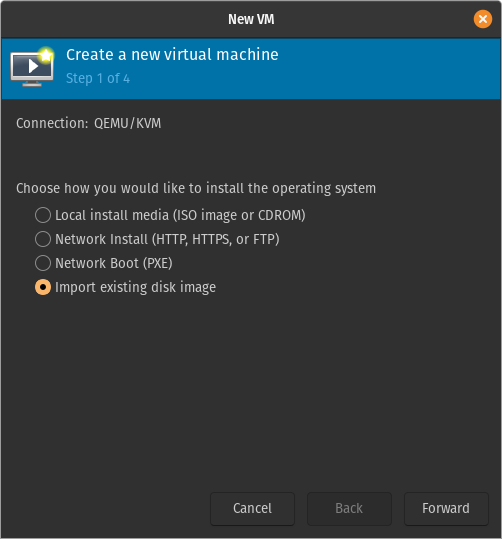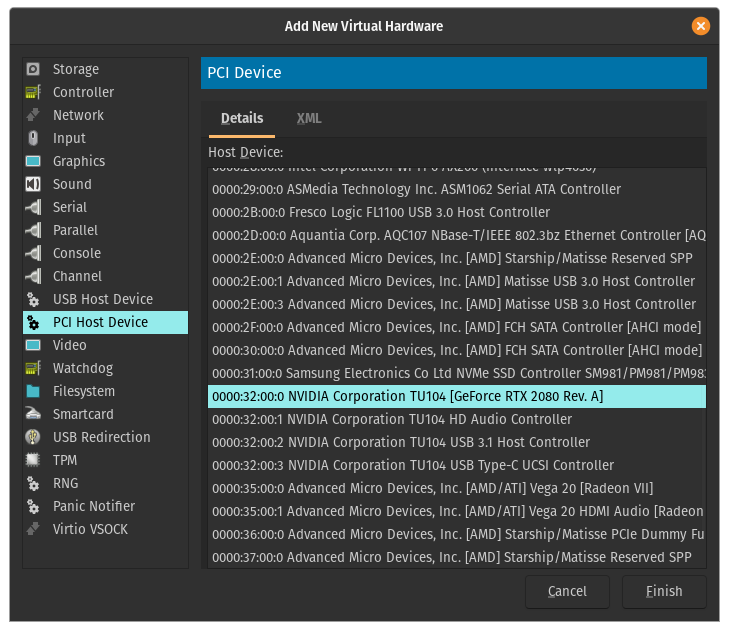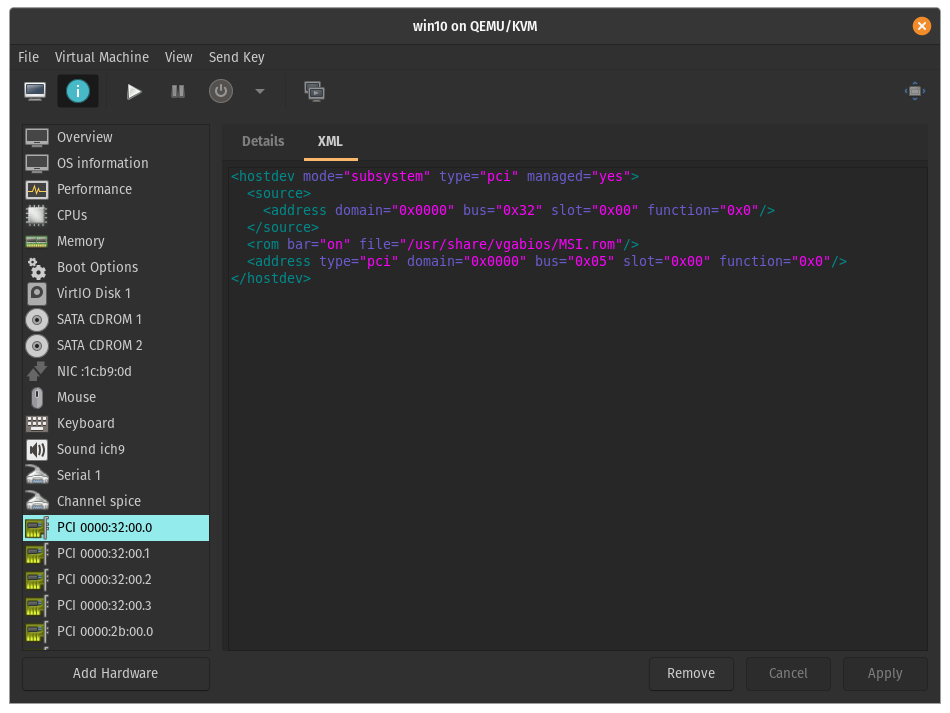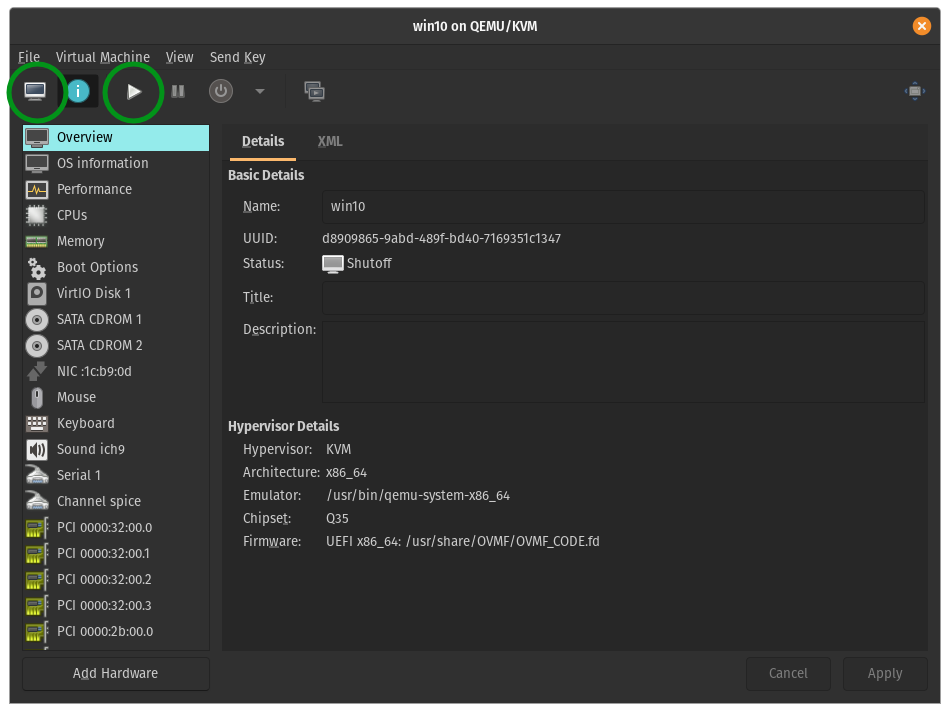How to install Unity game engine and Rider IDE in Pop OS / Ubuntu
This is a quick guide how to install Unity game engine and Jetbrain’s Rider IDE and necessary dependencies. First we will start from installing Mono (the open source implementation of .NET framework), as otherwise the Rider can’t work correctly. The installation process differs a bit from which Linux distro you are using and which version. You can see the install instructions here: https://www.mono-project.com/download/stable/
For example for distros that are based on Ubuntu 20.04 (like Pop OS 20.04), you can install Mono with the following commands:
sudo apt-key adv –keyserver hkp://keyserver.ubuntu.com:80 –recv-keys 3FA7E0328081BFF6A14DA29AA6A19B38D3D831EF
echo “deb https://download.mono-project.com/repo/ubuntu stable-focal main” | sudo tee /etc/apt/sources.list.d/mono-official-stable.list
sudo apt update
Next we will install Rider. There’s two different ways to install Rider. One way is to download from their web-site (https://www.jetbrains.com/rider/download/#section=linux) or download through Snap package manager. I will be using the Snap package manager way. For Pop OS, we need to install Snap package manager, as it doesn’t come with it by default. Ubuntu users can skip this step.
Then we will install Rider
sudo snap install rider --classic
This step is optional. The Unity Hub is distributed as an AppImage, but due to the nature of AppImage (as it more like an isolated image that you run), the Unity Hub might not integrate that well to your system. For example I noticed as I use Planck dock to start my apps, I had troubles to add the Unity Hub to the dock permanently. But I found a solution: to use AppImageLauncher (https://github.com/TheAssassin/AppImageLauncher). Depending of your needs this step isn’t mandatory, but for example if you experience any problems with Unity Hub and Planck dock, I can recommend this one. You can install AppImageLauncher with the following commands:
sudo apt update
sudo apt install appimagelauncher
Next we will install Unity. Head to https://unity3d.com/get-unity/download and download the Unity Hub to a folder that you want to run it from. Then with shell to that folder and run the following command (to allow the UnityHub.AppImage to run):
If you installed the optional AppImageLauncher, right click the UnityHub.AppImage as choose run with AppImageLauncher. The AppImageLaucher should no pop up and ask, if you want to integrate the UnityHub to the system.
After you have started Unity Hub, recover your license, and download the Unity version that you want.
NOTE: Before you can add an older Unity project to Unity Hub, you have to create a new project first. For some reason there’s currently a bug that the add project button doesn’t work until you have created at least one new Unity project. After that you can add your previous Unity projects in Unity Hub.
NOTE: If you want to install a specific version of Unity (not the latest one), unfortunately the Unity Hub links in Unity download archive don’t work currently in Linux. But there’s fortunately a workaround for this problem: Go to Unity download archive (https://unity3d.com/get-unity/download/archive) and go to the Unity version that you want, and right click on the Unity Hub download link, and choose copy link. The link should be in form of “unityhub://2021.1.16f1/5fa502fca597”.
Now with your shell, go to the folder where your UnityHub.AppImage is and run the following command (replace the link with the link that you copied before):
The Unity Hub should now open and it should ask if you want to install that version.










